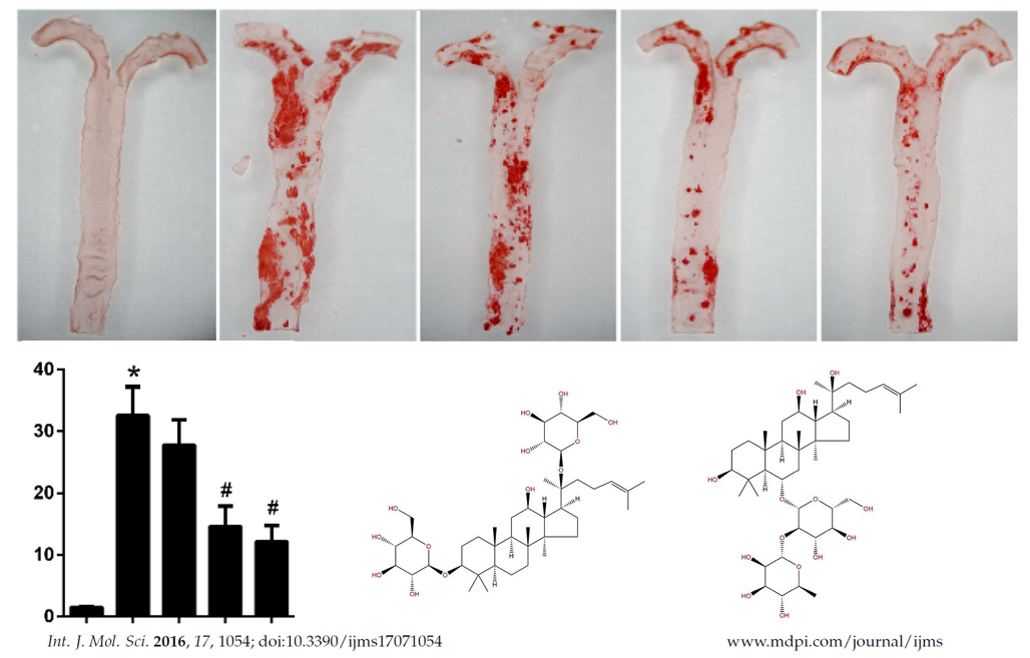Cholesterol
an essential component of membrane structure, but gradually
accumulates in arteries of human body, which becomes the top one killer mechanism of human life: atherosclerosis
An alarming health threat: Atherosclerosis
Shown on the right are the cholesterol structure and pie charts of epidemic statistics of atherosclerosis-related mortality in China (black area: atherosclerosis-related death).
Pathology of Atheroscleosis
Cholesterol is the main culprit of cardio-and cerebro-vascular disease. Artery atherosclerosis refers to arteries accumulated with cholesterol resulting in blockage of blood flow. In heart it causes heart attack. In brain it causes blockage stroke.
Molecular Mechanism of Atherosclerosis Formation
Because of foam cell apoptosis, which is formed by macrophages overloading cholesterol, cholesterol is deposited on the inner wall of artery.
Nuclear receptor LXR as therapeutic target against atherosclerosis
Live X receptor(LXR) functions as a master regulation switch, which can accelerate the transport of cholesterol and prevent the formation of foam cells.
Actions of LXR
LXRs have a typical nuclear receptor structure. Upon bound by agonists (such as ginseno-sterols), LXRs would recruit co-activators (shown in the animation, only a fragment of coactivator peptide is displayed)and activate the transcription of a target gene.
Ginseng triterpenes' structure is similar to that of cholesterol, therefore it has the potential of regulating LXRs.
LXRs is a typical nuclear receptor. In the presence of co-regulators, bound by agonists (such as ginsenosides), LXRs could be demobilized to specific site on a target gene promoter region to activate transcription of the target gene. Ginsenosides or like could therefore regulate the metabolism of cholesterol.
Ginsenoside TR1 modulates
LXR biological activity
Atherosclerosis formation is delayed
by ginsenosides in vivo








